Impermanence, Change, And The Value Of Time
It recently snowed for the first time in my part of the world. I’m lucky enough to live in Toronto, and like the Northeast US, we get to experience all four seasons to their fullest. It isn’t unreasonable to expect 100 F/37 C day at the height of summer, just like it is realistic to expect a few days of -10 F/-23 C in the depths of winter. What is difficult to understand when you’re in one of those extremes, is that in 6 months, you can find yourself experiencing the other.
Nothing is permanent.
Some of us approach this inevitable change in the seasons with dread. Some with joy and anticipation! As in last week’s post, thinking about “what’s in it for me” … For me, skating on outdoor rinks with my family (which includes two passionate hockey players) and skiing on the weekends makes the winter one of my favourite times of year. Others approach this season with resolve as a necessary part of getting back to spring and summer again. For the privileged few, it could mean visiting a beach in a warm destination to make the transit through this season bearable.
This is also true for stakeholders and approaching change from a Connected approach. Responses to change can have an immediate negative response that can either entrench or lessen with time. Sometimes the key to managing through a difficult period of change is to use the passing of time to your advantage.
I’ve used this approach in several practical ways. During the height of volatility in early 2020, I was working on a very demanding technology transformation. We were constantly being hit with new challenges, and requirements. Our stakeholders were constantly being pulled in different directions away from the project by competing demands. One day it was changing regional protocols for isolation and site shutdowns, another day it was restarts, staffing shortages, union negotiations and supply chain issues. A natural disaster at another location pulled the attention of leadership to the immediate needs of the company. None of these factors were within our control, but in the end the project got done. The main tool we used to our advantage was time and the law of impermanence. None of these circumstances that the team was dealing with were permanent. So, we didn’t “stop” the project. We continued. And while enabling people to do what they needed to, and not making an official call on “stopping” the change, we were able to successfully get the change completed.
While some of us may be celebrating these changes, and others dreading them, remember, it’s like the 4 seasons, they always change. (I’ve linked my favorite playlist for seasonal contemplation for you here)
We’re continuing the topics of stakeholders and change impact for the next three weeks, and we’re giving away a free stakeholder template to our newsletter subscribers! Sign up here to get yours!

